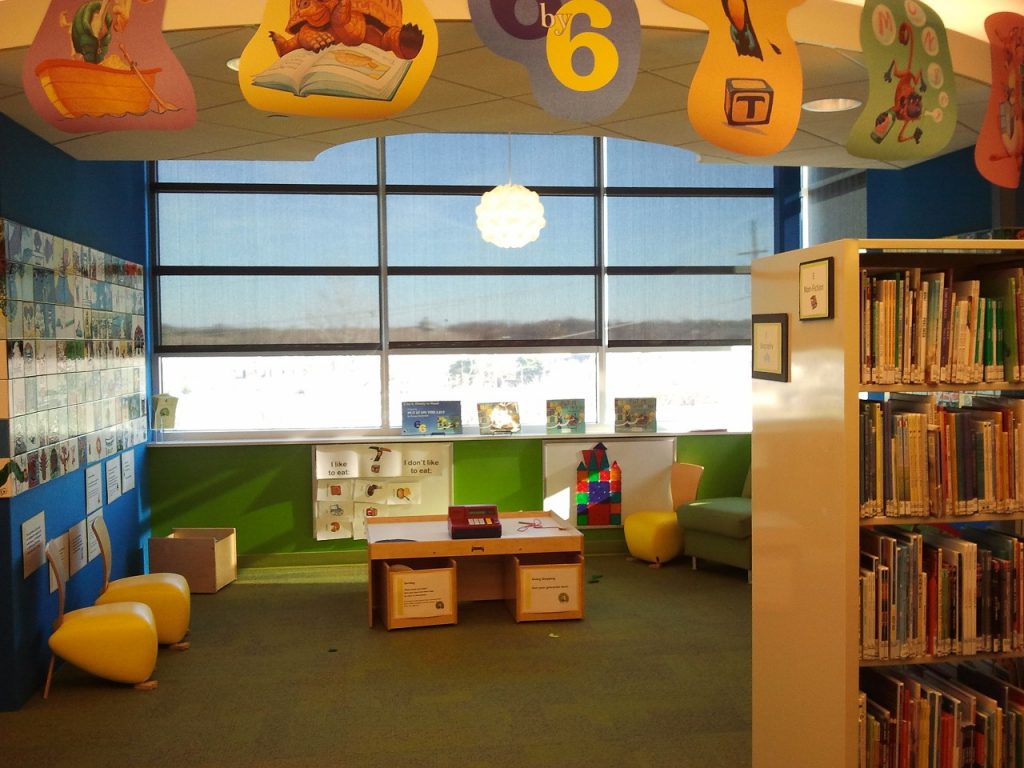Writing for children demands that you know how to navigate the maze of the types of stories and characters children love. It is not an easy craft, although many beginning authors believe it’s a simple process, since very little content is required. Beginning authors who want to write fiction for children will soon discover that it can be more difficult to write in this genre than it would be to write for an adult market.
In addition to creating a story that a child wants to hear over and over again, the children’s author must also know how to create illustrations or be able to hire affordable graphic artists.
To get started, let’s look at seven tips that will help you along your journey to writing children’s books.
Tip Number One: Know and Understand Age-Specific Issues
If you are writing for toddlers, their attention span is quite short, and you can’t use big words in the story. Most likely for this age group, you will write one sentence per page that will be illustrated based on the content. If you’re creating a book for an elementary school-age child, then depending on the grade level you’re aiming for, you need to understand what types of current issues these children are facing. If you’re writing a children’s story about a family who lives in the country on a farm, the issues that child faces could be much different than a child who lives in a high-rise apartment building and can only play at public parks. If you are unsure about which age group to write for and what their current age-specific issues are, you can speak to a librarian and ask her to recommend some books in the genre you would like to write in.
Tip Number Two: Discovering New Places for Your Research
Regardless if you have access to your own child, a neighbor’s child, children at your church, or children within your community, here’s a brief summary of the places where you can go to observe children of the age that you would wish to write for.
- Talk to elementary school librarians and ask them for a recommendation of story hours in your community.
- Spend time at recreation centers in the city where you live that caters to boys’ and girls’ activities.
- Contact your local preschool or elementary school and ask if you may visit one of their classrooms to observe the children.
- With pen and paper in hand, visit children playing on a playground in a public area or in a school setting.
- Attend a sporting event sponsored by a school or the community and watch how the children behave and interact with each other.
- Pay attention to the differences exhibited from boys compared to girls. This will enhance your children stories, since not all children respond the same way to given situations.
Tip Number Three: Create Characters Based On the Reader’s Age or A Bit Older
Children, just like adults, don’t like to be talked down to. This is especially true when you are creating a work of fiction for children. Make sure your story lines and your characters are authentic, likable, and believable.
Tip Number Four: Use Dialogue to Move Your Story Forward
Children are used to hearing conversations among adults and they know how to get a reaction out of children they play with as well as adults they interact with. Your dialogue must be believable to a child’s target age group. Don’t use stilted language, but rather, let your characters speak with words that reflect today’s world.
Tip Number Five: Your Story Must Contain a Problem and a Positive Solution
Regardless of which age group it is that defines your target audience, your children’s story should contain a problem and a solution. The dialogue and narrative text would not boldly announce the strategy, but the story will deliver a positive solution to any problems that are presented.
Tip Number Six: Use Humor to Convey a Positive Response
Dialogue that entertains or is humorous keeps young readers engrossed in the action you have created within the story. For inspiration, read through a book of fairy tales or folk stories to get an idea of how to create an imaginary positive response from the child who is hearing the story.
Tip Number Seven: Use Simple Sentences and Vocabulary
Always remind yourself to keep the sentences and vocabulary as simple as you can. Repetitive words keep the story light, but try not to overuse this method.
Above all, read the story out loud to yourself. Record it into a voice-activated recorder and play it back. Close your eyes and listen to the story. Is it believable? If it is, then it will probably be memorable for the child. Have fun!
